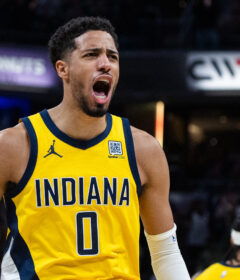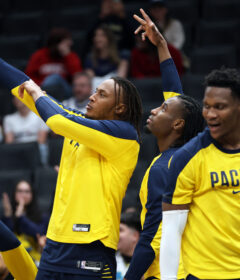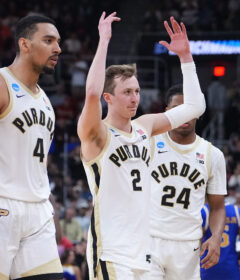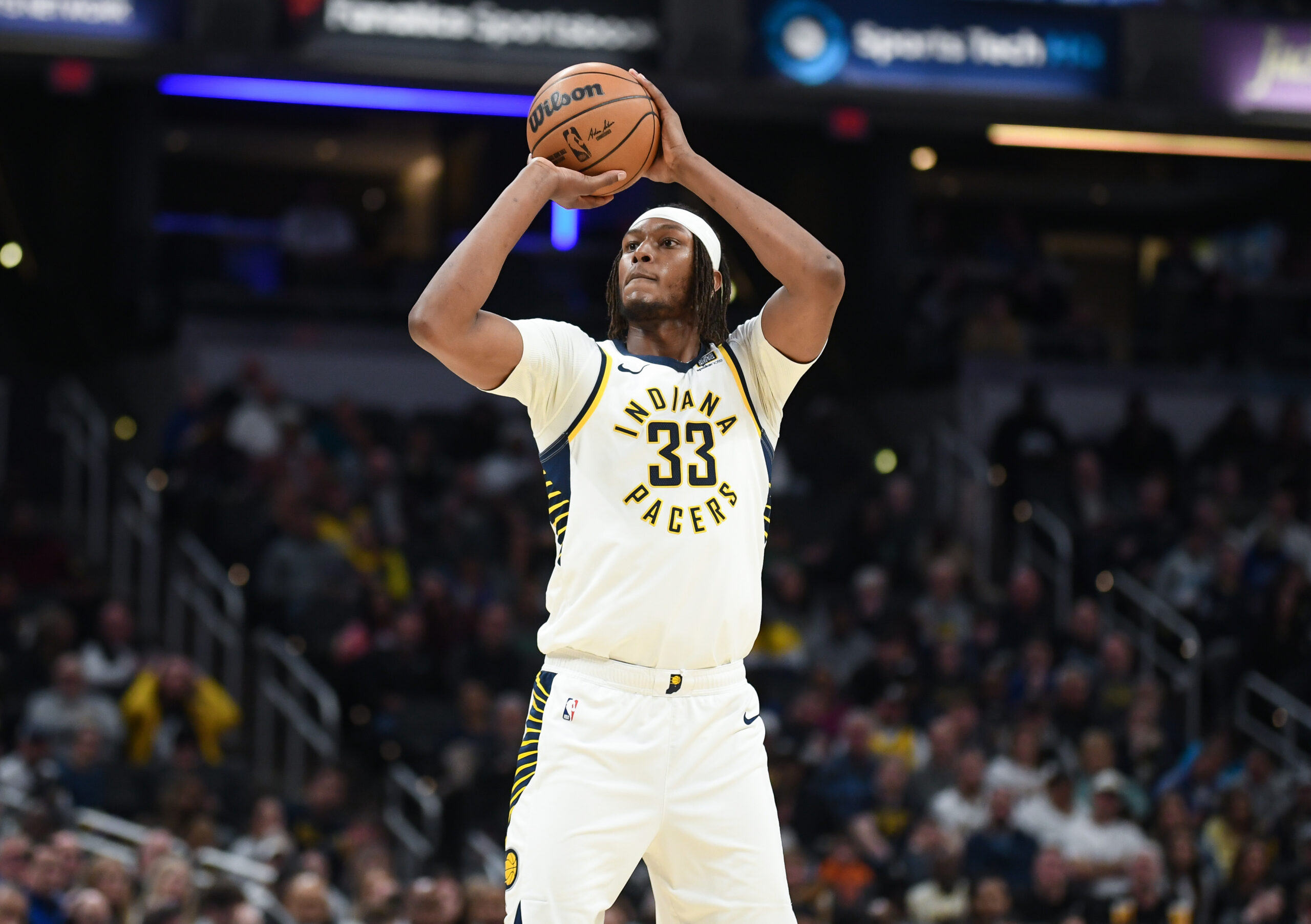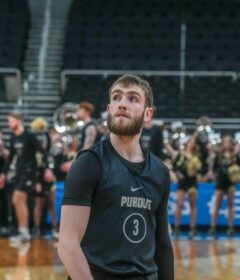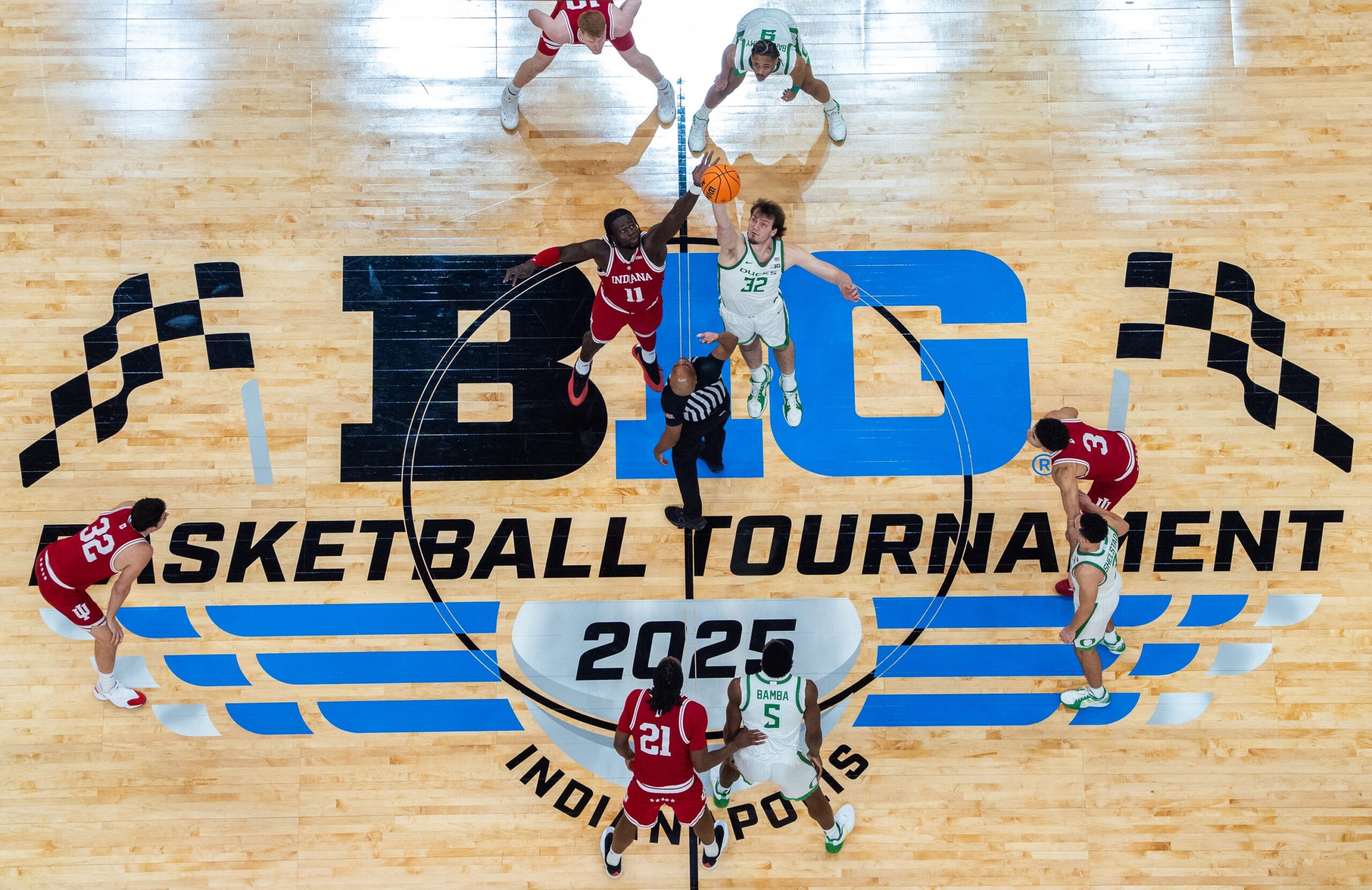2013 Playoffs: Pacers must prepare for Atlanta’s Game 2 adjustments
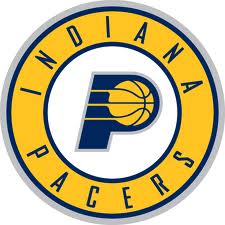
By CHRIS GOFF
ISL Correspondent
The favored Pacers won their playoff opener at home fairly easily, and Atlanta now faces a crucial Game 2 on Wednesday.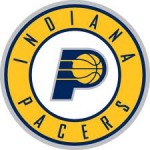
Whether the Hawks dramatically improve their odds of winning the series will hinge on their ability to make successful adjustments.
None is more important than improved shot selection.
Based on the composition and skills of the Atlanta roster, three looks in particular are far and away the most valuable: anything from Josh Smith at the basket, a Kyle Korver 3-pointer and a midrange jumper for Al Horford.
In Game 1, Smith shot once inside of three feet after averaging approximately 5.3 attempts from that area in the regular season. Korver took four 3s on Sunday, nearly two less than his average of 5.6 attempts per game. And in the intermediate space from 10 feet out to the arc, Horford managed just four tries, as opposed to his rough normal quota of 6.2.
Add it all up, and those are eight high-quality looks – more than 10 percent of Atlanta’s 76 field goal tries – that went missing, or, more accurately, went to less desirable shooters and locations.
Did Indiana’s defense factor into this outcome? Absolutely. Did the visitors display the necessary commitment to finding those three optimal offensive opportunities? Not even close.
So the Pacers are not out of the woods yet. After all, Hawks guard Jeff Teague admitted the Pacers played harder and promised that would change in Game 2.
Exertion alone would make a significant difference because in the 107-90 defeat the Hawks looked like a bunch of guys playing out the string. Their concentration waned. The hustle was lacking. Ex-Pacer Dahntay Jones said his former team thought it could break Atlanta’s will to compete.
Coach Larry Drew wants the Hawks to be more physical in Game 2, conceding they were manhandled in the opener. He also publicly questioned their effort, and he’s right.
However, Drew ought to consider a sweeping strategic change that would benefit the team in nearly every respect. If Paul George is going to abuse Korver in that manner, Atlanta cannot live with the consequences. Sending Devin Harris to the bench and sliding Korver to shooting guard would allow Smith to play on the wing and Ivan Johnson to start at the 4.
Consider the benefits. Johnson saves Smith from having to bang with David West, Indiana’s toughest player, while maintaining offensive spacing because of the solid range on his jump shot. Meanwhile, Smith combats George’s skills as a rebounder and negates the third-year forward’s height advantage. Smith is also mobile enough to keep George from getting into the lane so easily. At the same time, Korver’s shooting stroke remains on the floor, only with an easier defensive assignment in Lance Stephenson, who is a fifth option.
All of a sudden, the Hawks are bigger, stronger and better defensively, all without losing any offensive punch. Harris, who was outplayed by Stephenson in Game 1, replaces Johnson as the primary source of scoring on the second unit. The other hidden upshot is that a frontline of Smith, Johnson and Horford is likely to hold its own on the glass. Drew must find a way to close the massive rebounding gap opened on Sunday, and that’d be the easiest. The only downside to such a lineup move would be the loss of ballhandling and speed on the perimeter, but stops are normally a prerequisite for transition buckets in the first place, and Smith and Horford are unique in possessing the ability to start their own break off a rebound.
On the other bench, the Pacers, in all likelihood, made their adjustments prior to Game 1.
The coaching staff shortened the rotation from 10 players to nine, dropping rookie guard Orlando Johnson and leaving swingman Gerald Green to back up both Stephenson and George. Green scored 11 points on Sunday, a continuation of the groove he found in the season finale when he played the best game of his career.
Indiana’s other move was to sit Ian Mahinmi, the backup center all season, in favor of natural power forward Jeff Pendergraph. This marked a radical departure from Frank Vogel’s modus operandi, which has always been to keep traditional size on the floor at all five positions at all times. One can’t help but wonder if Vogel stole the idea from local sports columnist Bob Kravitz, who called for Pendergraph’s inclusion in the rotation in the Indianapolis Star last week. Regardless, the decision was a mixed bag in the opener and bears watching over the remainder of the series.
The Pacers, George said, gained a great deal of confidence from their playoff start. As long as they stay on their toes and recognize that Atlanta might look quite a bit different next time, the pressure is on the Hawks to make the tweaks and give themselves a chance to survive in this best-of-seven series.

